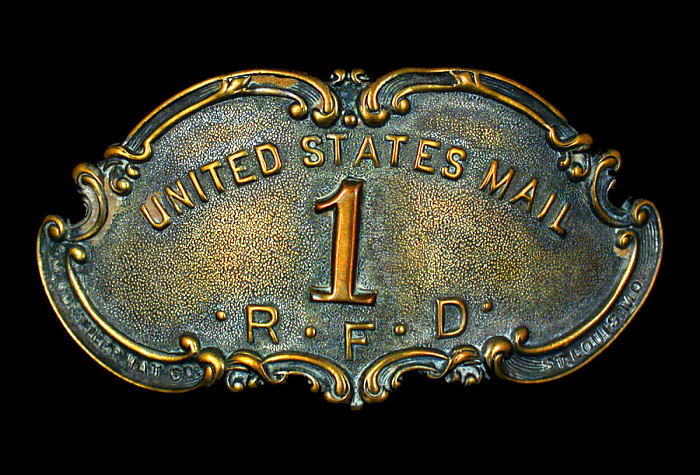America’s rural routes survive today, although they can be harder to spot just by looking at addresses. While farms, homes, and ranches have not moved into the city, numerous communities have moved their addresses out to include rural areas. Since the late twentieth century, many of these rural addresses from the past, RR2 Box 92-H, RR3 Box 236, etc., have been replaced with “unambiguous, locatable” designations that are indistinguishable from urban addresses. Many rural Americans have found their home, still dozens of miles from town, now sporting addresses such as 46522 Maple or 24061 66th Street.
The transformation of rural addresses has been at the behest of county and civil organizations seeking better ways of making homes easily recognizable for public utilities and fire or emergency services. The US Postal Service continues to work with communities to help them make the desired changes.
While the address may change, the service remains. Millions of Americans can count on a RFD carrier in his or her vehicle making the daily rounds. Carriers continue to bring postal services with them, and will still sell a stamp or money order, arrange for registered mail, or even stop for a brief chat about current events and the community.

